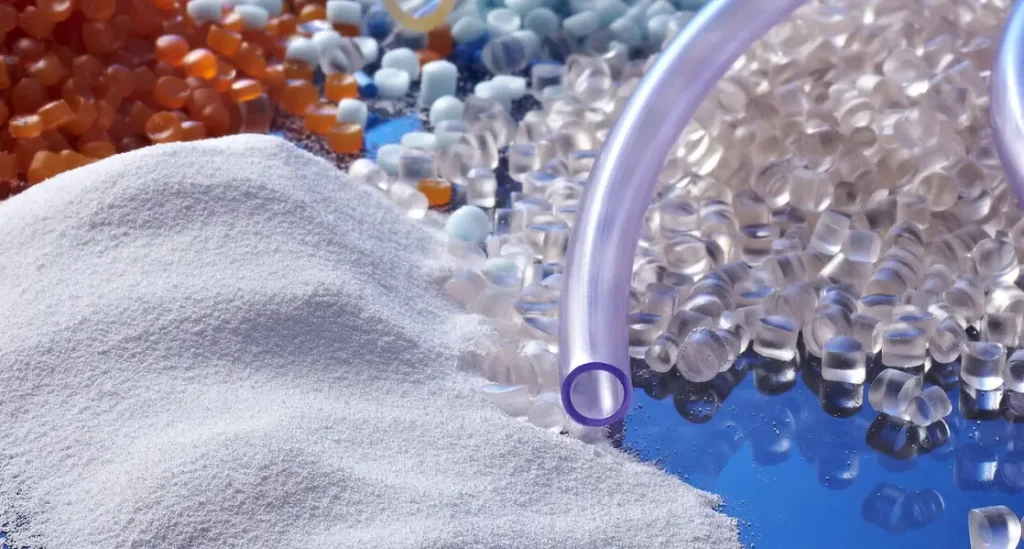Introduction: Standards play a fundamental role in guiding the quality and safety of products in various industries. The P.V.C standards, serving as a compass for technical and practical requirements, contribute significantly to the development of diverse sectors. By defining specifications and parameters, these standards assist manufacturers in delivering high-quality and standardized products to the market.
Advantages of Using P.V.C with Standards: The utilization of P.V.C with standards in industrial production yields numerous benefits. These standards aid in creating uniformity in production, ensuring workplace safety and hygiene. Adding standards to the production process improves the reliability and stability of products.
Use of P.V.C in Various Products: These standards find application in a variety of products, including pipes and fittings, flooring, coatings, and construction materials. P.V.C pipes with standards, due to their enduring properties, flexibility, and resistance to chemicals, are commonly used in water irrigation and purification systems.
Impact of Using Standards on the Market and Trade: Incorporating P.V.C standards easily influences the market and trade. Increased customer confidence in standardized products leads to enhanced sales and improved competitiveness in the market. These actions contribute positively to the sustainable development of related industries, strengthening the overall economy.
Conclusion:
In conclusion, the use of P.V.C standards in the industry improves product quality, enhances safety, and establishes a stable and competitive market. These standards play a crucial role in standardizing and advancing various industries.
Frequently Asked Questions (FAQs):
- Q: Why are P.V.C standards essential in the industry?
- A: P.V.C standards help manufacturers produce high-quality and standardized products, significantly increasing customer confidence and market competitiveness.
- Q: How do standards contribute to improving the reliability and stability of products?
- A: Standards, by creating uniformity in the production process, enhance the reliability and stability of products.
- Q: What impact does using P.V.C with standards have on construction materials?
- A: The use of P.V.C with standards in construction materials adds durability and flexibility, providing better resistance to various conditions.
- Q: How do standards help increase competitiveness in the market?
- A: Standards boost customer confidence, leading to increased sales and improved competitiveness in the market.
- Q: How do P.V.C standards contribute to the sustainable development of related industries?
- A: By adhering to standards, industries related to P.V.C move towards sustainable development, which, in turn, helps strengthen the overall economy.
Since you’ve delved into the details of P.V.C standards in the industry, you are now informed about crucial aspects. If you have any questions or need more information, feel free to reach out. We’re here to help and answer your queries.



